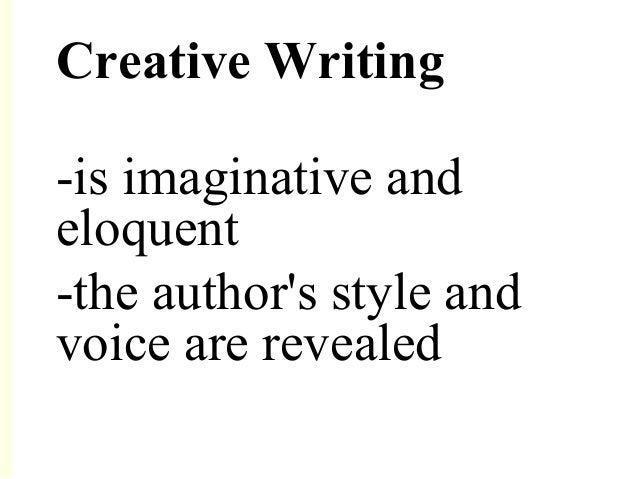Blog Post 5
Dear blog,
Today I read a post from Dr. Heather Holleman, the author of “Writing with Flair.” She talks about 5 different methods that can be used to make writing more interesting to read. The first method they introduced is choosing verbs with flair. They explain that verbs such as am, is, are, etc. don’t actually describe a specific action, and can make writing more dull. Using more interesting verbs can better help readers understand and visualize what the writer tries to convey.

Their second piece of advice is to take advantage of the big five punctuation marks. The big five punctuation marks are the semicolon, colon, dash, parentheses, and comma. They explain the use of each punctuation mark to us and advise us to use them when necessary to add more variety to our writing. Using these punctuation marks may help writers to convey their tone and can also make writing look less monotone and boring. I found an article that talks about even more punctuation marks you can incorporate into your writing: https://www.thesaurus.com/e/grammar/what-are-the-major-punctuation-marks/

The third method is to vary the length of our sentences. I definitely agree with using this method, because writing can sound repetitive when all the sentence lengths are the same. The fourth method stated is to use some clever word play. I am always a fan of a good play on words. It can add humor to your writing and keep the reader interested. This article lists three ways to incorporate wordplay into your writing: https://www.bing.com/search?q=incorporate+clever+play+on+words+into+your+writing&cvid=ed0a3aa4662f4ebba6a176250c450597&gs_lcrp=EgZjaHJvbWUyBggAEEUYOdIBCDcxMTRqMGo0qAIAsAIA&FORM=ANAB01&PC=LCTS.
The last method is to engage the audience. This one should go without saying, a reader that is not interested most likely will not continue reading. These methods should all add up to keeping the audience engaged, because that is one of the most important ways to get your audience to actually pay attention to your point. This last article gives a lot more detail on how to keep an audience engaged with your writing: https://hoist.digital/content/blog/10-effective-tips-to-reach-your-audience.




